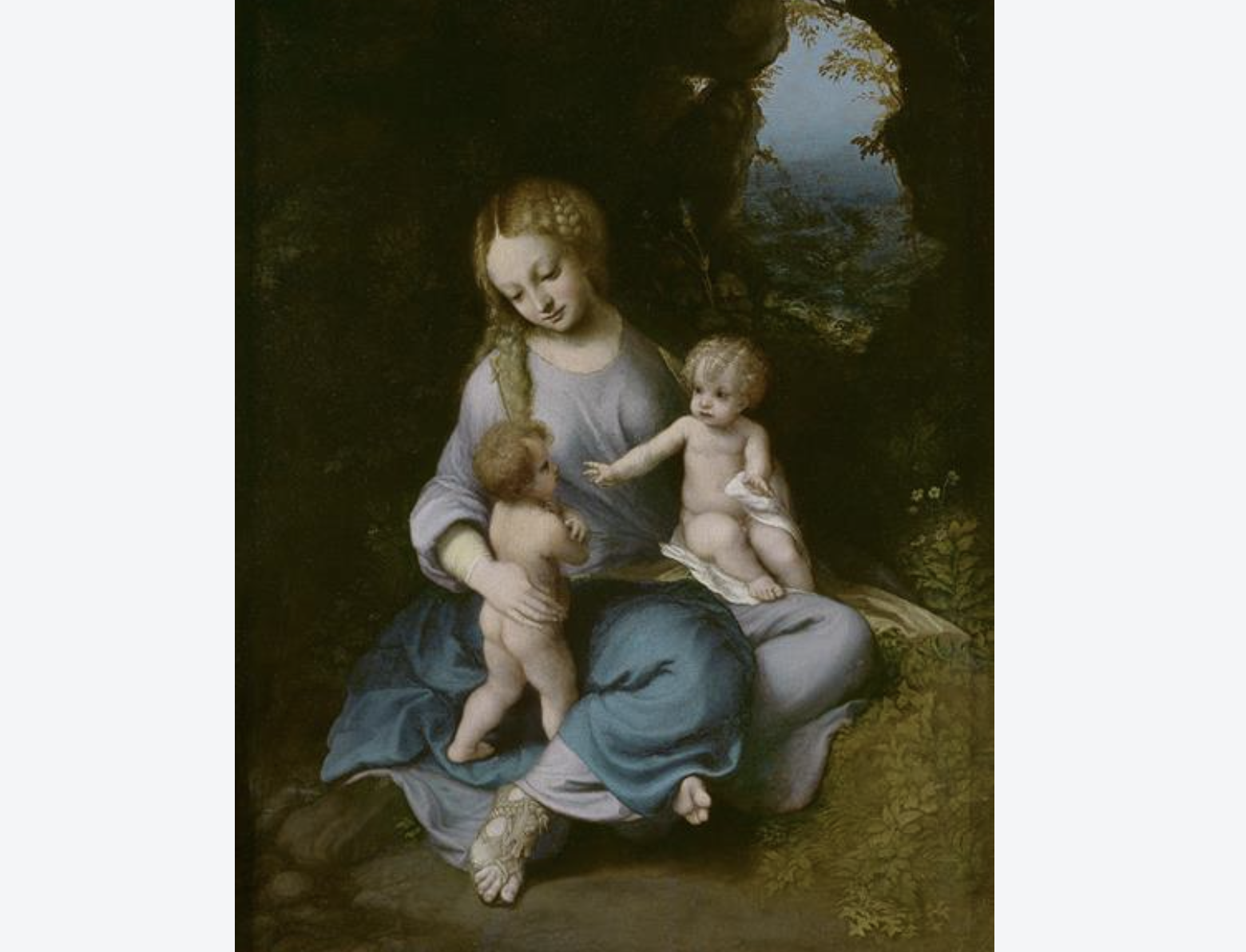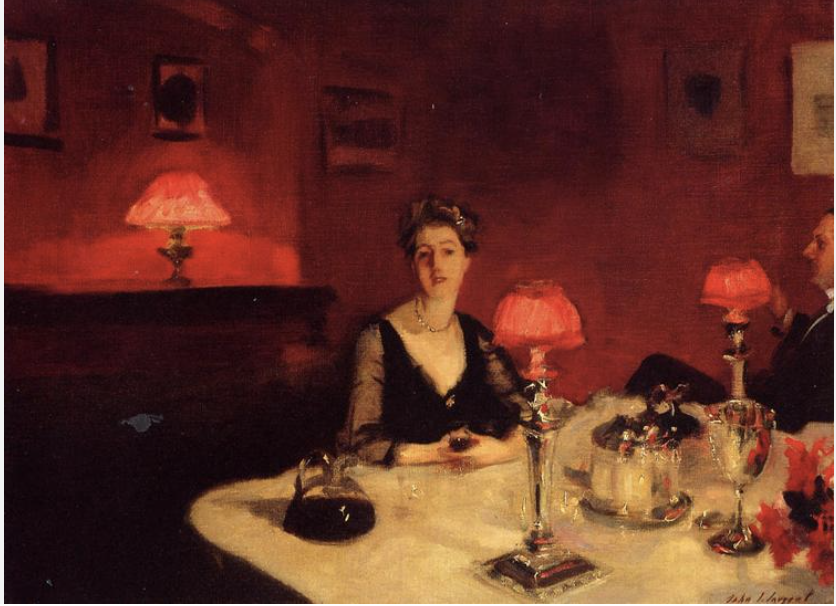In Watch It Burn, George and Beverly Hoffman’s story is symbolically told through the paintings she (and occasionally, he) admires and collects. Scroll down to see which paintings are included as part of their narrative.
To discuss (in addition to the questions in the back of the novel):
Consider the common elements (color, characters, style) of the paintings. Is there a common theme running through any of the paintings? Do any of the themes connect to those in the novel?
Which characters can you relate to which paintings? Why or How do these characters relate to the action in the painting?
How do these paintings symbolically represent the events or tone of the novel as a whole?
Why would the writer use paintings, an inherently visual meaning, to help ‘tell’ her story?
From Right to Left, Top to Bottom: 1. Paul Gauguin's Fire Dance; 2. Andrea Schiavone’s Birth of Jupiter; 3. Caravaggio’s Judith Beheading Holofernes; 4. Gustav Klimt’s Judith and the Head of Holofernes; 5. Correggio’s Madonna and Child with the Young Saint John; 6. Frida Kahlo’s Portrait of Cristina My Sister; 7. Vincent van Gogh’s The Starry Night; 8. Edvard Munch’s The Scream; 9. Abbott Handerson Thayer’s Sleep; 10. Edouard Manet’s “Young Woman in the Garden”; 11. Elisabetta Sirani’s Timoclea Killing Her Rapist; 12. Artemisia Gentileschi’s Jael & Sisera; 13. Pieter Brugel the Elder’s Last Judgment; 14. John Singer Sargent’s A Dinner Table at Night; 15. Gustav Klimt’s Mother With Children; 16. Giovanni Bellini’s Virgin and Child; 17. Paul Gauguin’s Children in the Pasture; 18. Mary Cassatt’s Mother’s Kiss


















